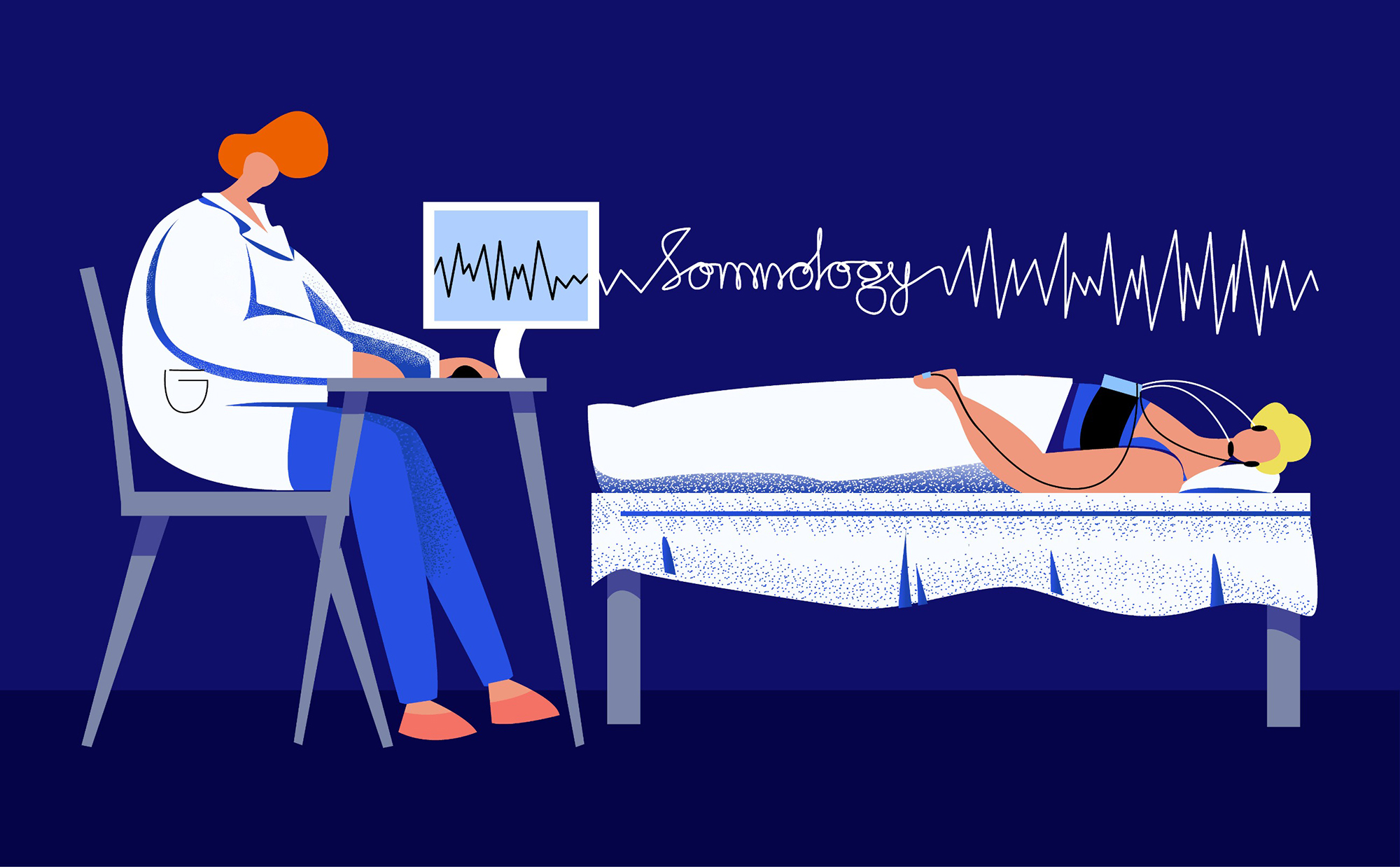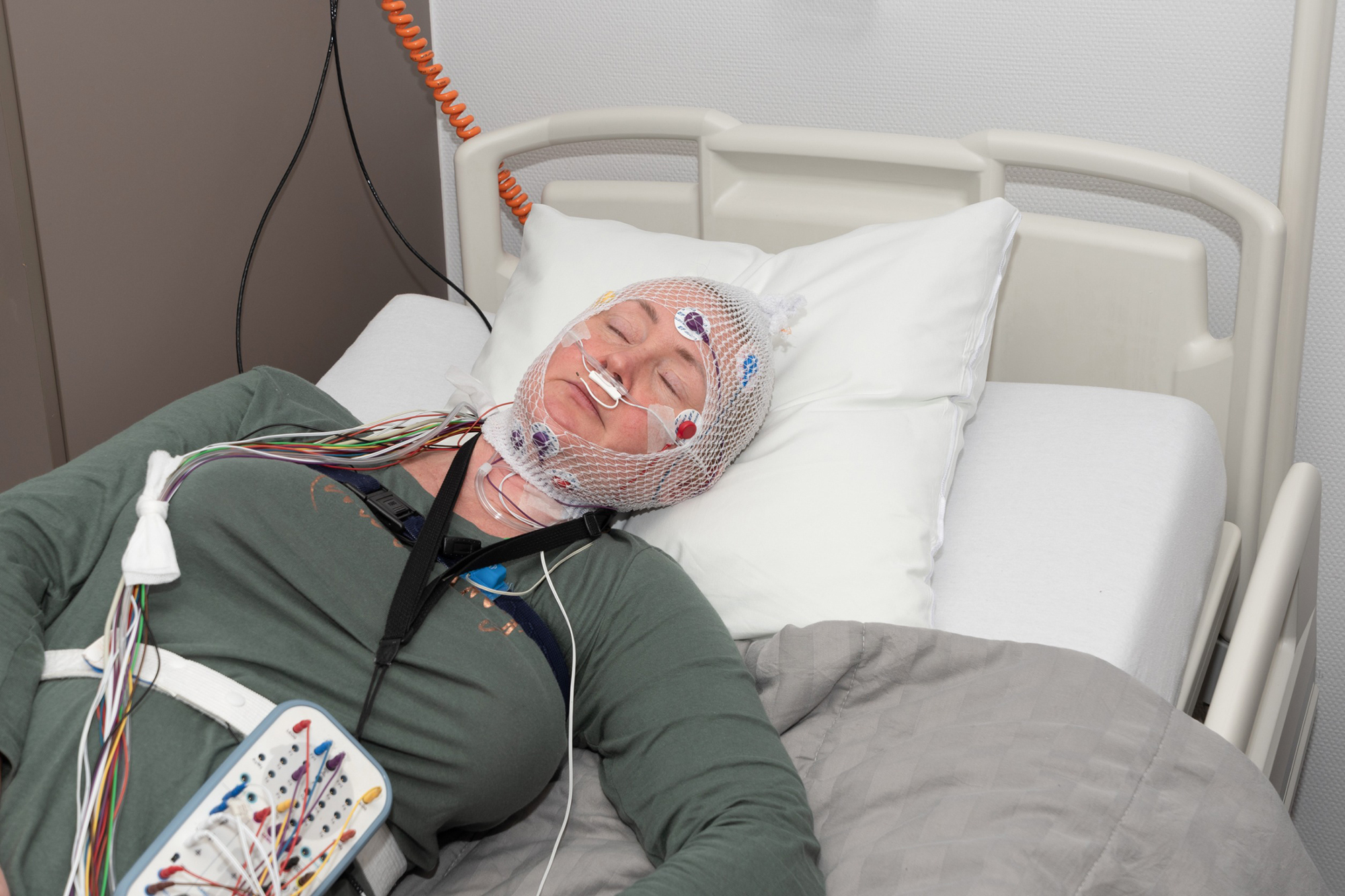In 1875, Richard Caton, a Scottish physiologist, was the first to record electrical rhythms originating from the brains of rabbits and monkeys. In a brief paragraph summary of a live presentation, Caton recounted his observation that every brain he tested had electrical currents as indicated by a galvanometer.
In 1951 Kleitman, a professor of physiology at the University of Chicago, studied eye movements during sleep with the assistance of his graduate student, Aserinsky. This work culminated in a seminal paper in 1953 in which a new sleep state, REM sleep, was described and a correlation with dreaming hypothesized. In 1957, Dement and Kleitman described the human sleep cycle of NREM sleep stages of increasing depth followed by periods of REM sleep, with the cycles repeating through the night. They proposed a new classification of sleep stages, using four stages of NREM sleep and REM sleep, a schema still used today with very few alterations. This understanding of the electrophysiologic substrate of human sleep has been the basis for the vast literature on sleep that has accumulated over the ensuing half century.
From the 1930s through the 1950s, scientists worked to reveal the properties of normal sleep. Concomitantly, the technology of recording sleep evolved. By the end of the 1950s, experimenters were performing full-night recordings of sleep. Beginning in the early 1960s and going forward, sleep researchers began to apply the new technology to study sleep pathology. The field of clinical sleep medicine began to develop beside a growing discipline of sleep research.
The development of American Academy of Sleep Medicine (AASM) evolved through the development of a body of science in sleep and the subsequent evolution of the practice of Sleep Medicine. The development of AASM evolved through the development of a body of science in sleep and the subsequent evolution of the practice of Sleep Medicine. This included the incorporation of professional societies, the development of accreditation of centers (1975), the publication of the journal SLEEP (1978), board certification of practitioners (1978) and the establishment of formalized fellowship training programs (1989).








